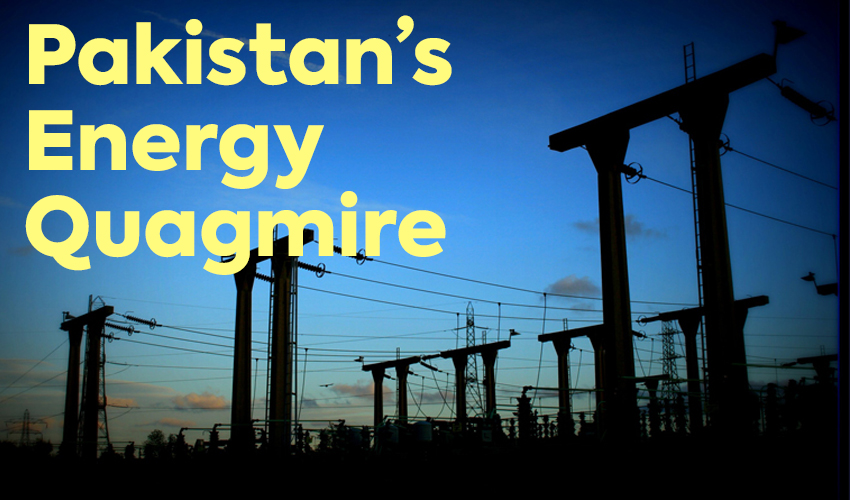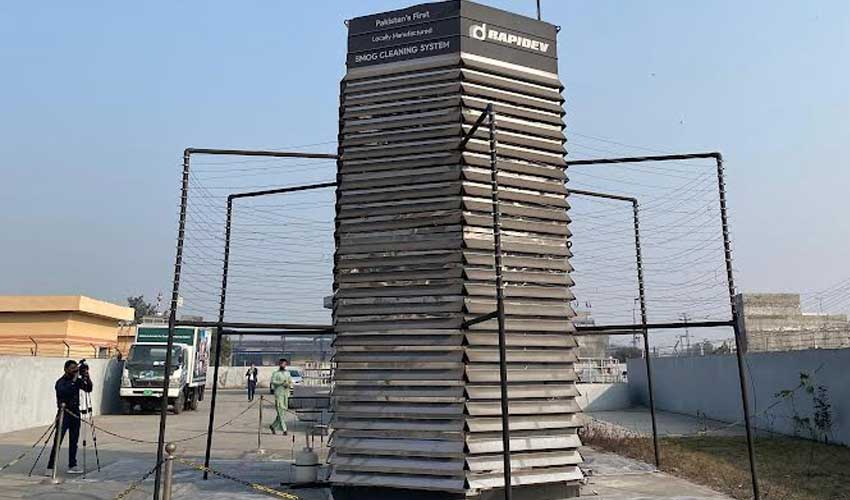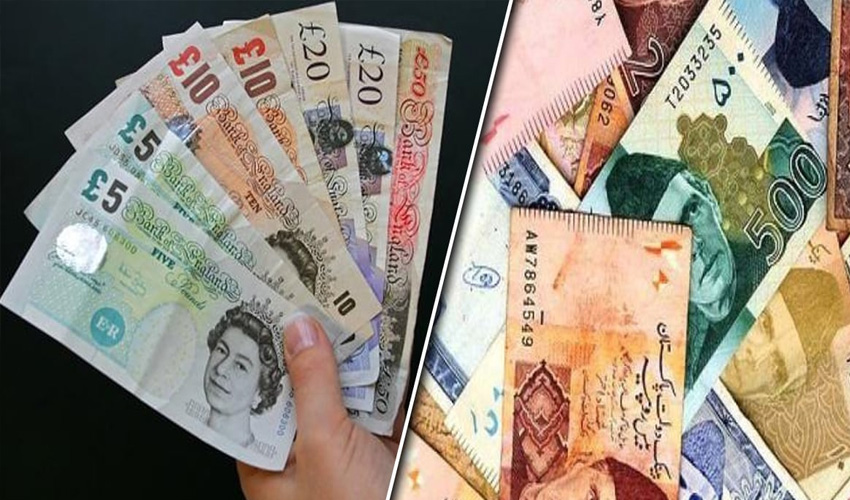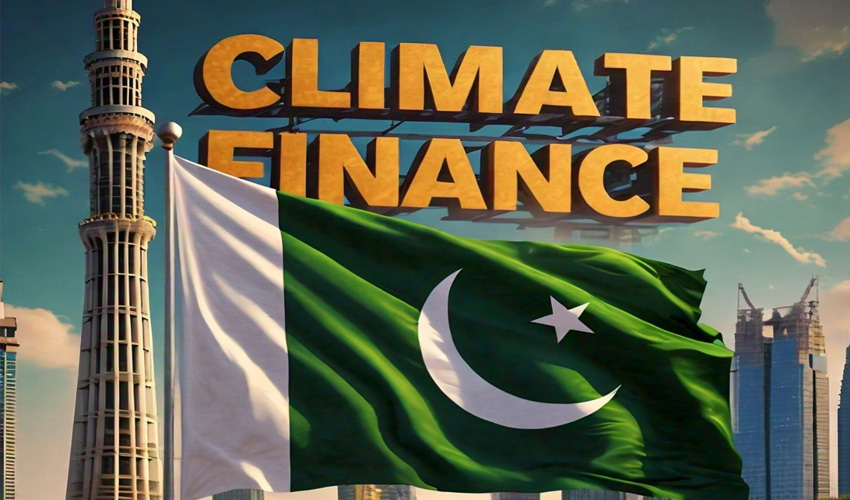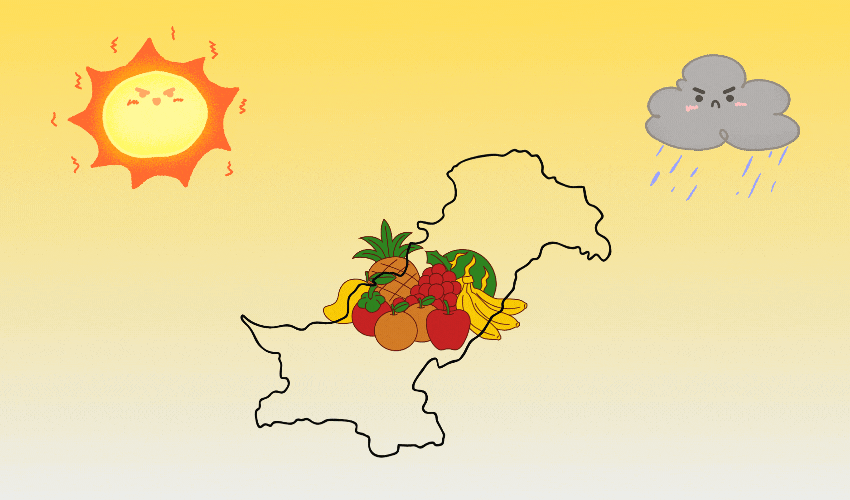In the heart of South Asia, Pakistan grapples with a crippling energy crisis, its grip tightening with each passing year. Over 28% of Pakistani households in 2019 were already burdened by high energy costs, a consequence of the country's heavy reliance on imported, non-renewable fuels. This figure is projected to exceed 30% as inflation continues to spiral upwards in the energy sector.
At the heart of the issue lies a misguided approach to energy policy. Instead of prioritizing a transition to cleaner energy sources, the Pakistani government funnels billions into servicing debts accrued by the ailing power sector.
Ballooning circular debt
This annual expenditure on power subsidies has reached an alarming PKR 0.58 trillion in the fiscal year 2024, highlighting a shortsighted strategy that fails to address the root cause of the problem.
This misplaced focus has done little to alleviate the PKR 2.5 trillion debt already accumulated by September 2023, even with tariff hikes implemented across the board. As energy demands steadily rise, Pakistan finds itself caught in a self-perpetuating energy quagmire.
Desperate for quick fixes, the government plans to terminate subsidies for agricultural tube wells in June 2024. However, this knee-jerk reaction carries its own set of risks.
The increasing cost of power in Pakistan is a cause for concern, particularly as the nation grapples with the financial fallout of the COVID-19 pandemic. Rising inflation in energy costs is likely to push the percentage of households struggling with expensive energy beyond the current 28%. The government's current focus on servicing debts rather than transitioning to cleaner and more sustainable energy sources could lead to a vicious cycle of escalating costs and increasing financial burdens on both the government and the general population.
Reliance on coal
Moreover, Pakistan's reliance on coal as a primary energy source poses a significant challenge to the country's sustainability goals. As the government grapples with the immediate financial crisis, the shift towards coal threatens to compromise long-term environmental and health considerations. This raises concerns about the nation's commitment to international climate goals and the well-being of its citizens.
A closer look at the subsidy trail reveals a troubling picture. Over the past decade, the government has poured billions into the power sector, with the annual outlay skyrocketing from PKR 245,100 million in 2013-14 to a staggering PKR 579,075 million in 2023-24. This surge in subsidies coincides with a concerning trajectory for the power sector's circular debt, which ballooned to PKR 2.5 trillion by September 2023 despite tariff hikes.
Skewed priorities
The breakdown of subsidies further exposes the skewed priorities. While the public utility giant WAPDA/PEPCO receives the lion's share of handouts, Karachi Electric Supply Company (KESC) also gets a significant chunk of the pie. This raises questions about the efficiency and transparency of these entities and whether the subsidies are actually reaching those who need them most.
Pakistan's predicament can be likened to a man trapped in quicksand. Every desperate attempt to escape, such as terminating agricultural subsidies or increasing reliance on coal, only sinks him deeper. The solution lies not in short-term fixes but in a bold and comprehensive shift towards sustainable energy sources.
Beacon of Hope
Renewable energy, like solar and wind power, offers a beacon of hope in this bleak landscape. Not only are these sources cleaner and more environmentally friendly, but they also hold the potential to break the cycle of dependence on imported fuels and reduce the burden of debt.
Pakistan possesses abundant potential for renewable energy generation. Studies estimate that the country has the capacity to generate over 50,000 MW of solar power alone. Yet, only a fraction of this potential is currently being tapped.
Investing in renewable energy infrastructure and creating a conducive policy environment are essential steps toward breaking free from the self-perpetuating energy crisis. This not only requires government commitment but also active participation from the private sector and civil society.
The transition to clean energy will not be without its challenges. Initial costs may be higher, and existing infrastructure may need to be revamped. However, the long-term benefits far outweigh the short-term hurdles. Sustainable energy will not only ease the financial burden on households and businesses but also contribute to cleaner air, improved public health, and a more secure energy future for Pakistan.
The time for half-hearted measures and quick fixes is over. Pakistan's energy crisis demands a paradigm shift—a move away from fossil fuels and towards embracing the power of renewable energy. Only then can the country break free from the quicksand of debt and chart a course towards a brighter, more sustainable future.
Pakistan stands at a critical juncture in its energy landscape, grappling with the interplay of subsidies, debts, and the urgent need for sustainable solutions. The government's current approach, marked by substantial annual expenditures on power subsidies and a focus on debt servicing, may provide short-term relief but fails to address the root causes of the energy crisis. The termination of subsidies for agricultural tube wells, while a potential cost-cutting measure, could exacerbate the larger issue of escalating power costs and coal dependency.





